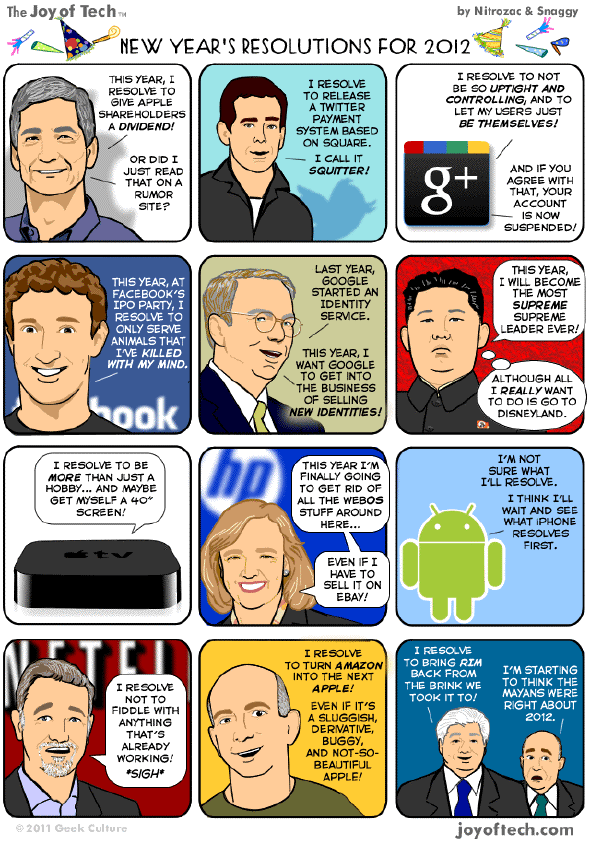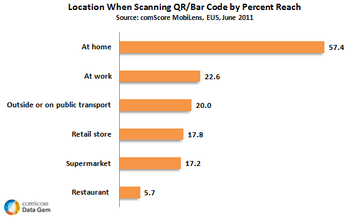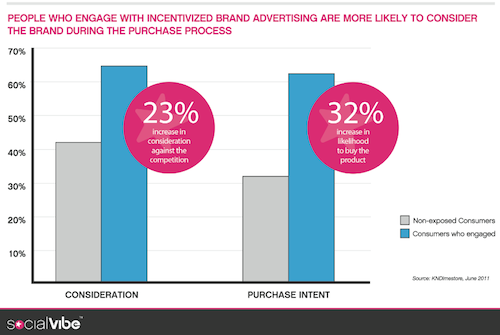Study: In-car internet to become "the norm"
 Never will I forget the day some time between 2001 and 2002 when I went to the BMW pavilion exhibition in Munich to get an understanding of what “Connected Drive” means. Those days, even the people in the pavilion could not help us, and it took BMW three days to give us some proper feedback on this term via telephone. Today, the term is clearly defined as driving with internet access which enables all sorts of connected infotainment, and if you want to know more about it, you can get plenty of information here.
Never will I forget the day some time between 2001 and 2002 when I went to the BMW pavilion exhibition in Munich to get an understanding of what “Connected Drive” means. Those days, even the people in the pavilion could not help us, and it took BMW three days to give us some proper feedback on this term via telephone. Today, the term is clearly defined as driving with internet access which enables all sorts of connected infotainment, and if you want to know more about it, you can get plenty of information here.
Every day today, people are sitting in their cars, grapping their smartphones while waiting at traffic lights – although a great Facebook page tells us not “Text-and-Drive”. The future will be different though…
According to the world’s top car bosses, in-car internet access is close to becoming reality. A recent survey by KPMG called “Global Automotive Executive Survey 2011” shows that speech recognition and internet connection with Wifi and 3G will become the norm in the future.
The results of the study state that 37% of the 200 responding car executives see “infotainment” to be almost as important as car safety. It makes clear that over the next five years, car buyers will see in-car gadgets provided by the big tech firms like Apple, Google or Microsoft.
Intel already announced some collaboration with Toyota at the end of last year. Intel forecasts that the connected car is the fastest growing technological device following smartphones and tablets.According to Reuters, Mercedes-Benz USA is bringing Facebook to its cars with the new in-vehicle telematics system that will be unveiled at the Consumer Electronics Show in Las Vegas this week. It allows drivers to access Facebook on the road. However it is not exactly the same as using the social network on a personal computer or a smartphone. “The version of Facebook offered in Daimler AG’s Mercedes is stripped down to a limited set of features, specially designed for drivers and centered around the locations of friends and businesses.” Audi’s A7 series already offers a built-in 3G wireless which shall be extended to other new models.
Spot On!
Car manufacturers will look out for cooperation opportunities with IT companies as well as telecoms and the music industry. It will be interesting to see how much the in-car technologies will evolve and develop in combination with the Hybrid technology that will get the main investment according to 53% of the car execs. Apart from that 57% see speech recognition and built-in navigation as important product issues for consumers in the future. Just imagine you can send your tweet, write a blogpost or a Google+ status update without taking your eyes from the streets. If speech recognition performs, a lot of the dangerous texting and driving could end. Although it will take some time for people to adapt to the nex technology.



 The
The 
 According to
According to 

 Moreover, about the same proportion say their innovation strategy is inadequately aligned with their overall corporate strategy. And although entire industries, such as pharmaceuticals, continue to devote relatively large shares of their resources to innovation, the results are much less successful than they and their stakeholders might hope for.
Moreover, about the same proportion say their innovation strategy is inadequately aligned with their overall corporate strategy. And although entire industries, such as pharmaceuticals, continue to devote relatively large shares of their resources to innovation, the results are much less successful than they and their stakeholders might hope for.

 According to a recent
According to a recent 